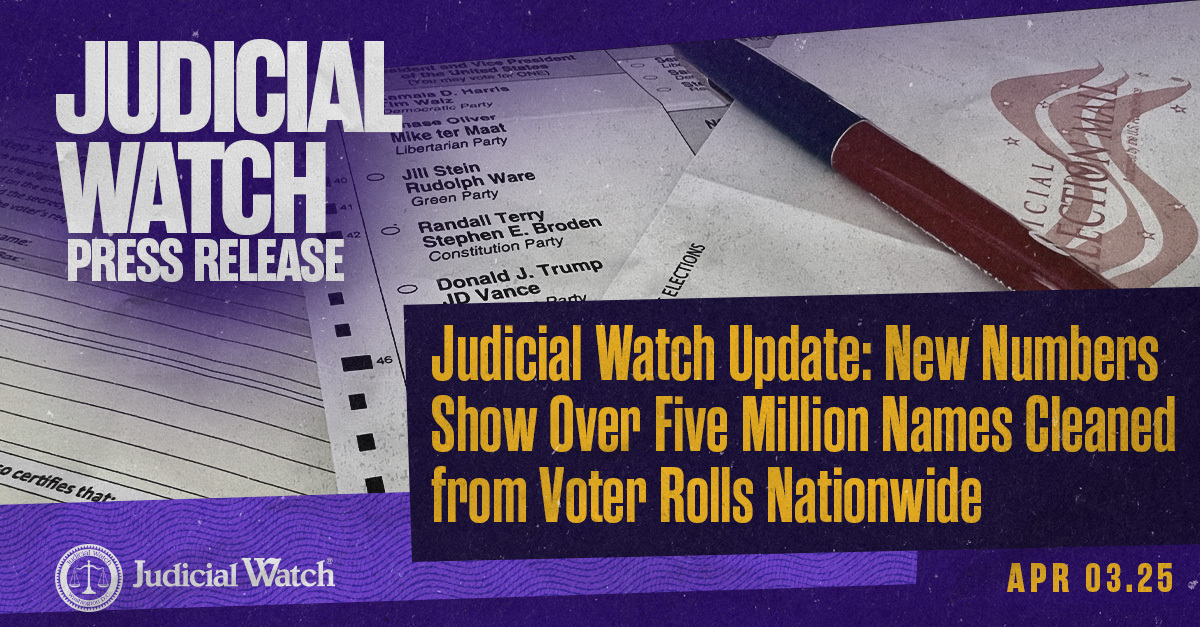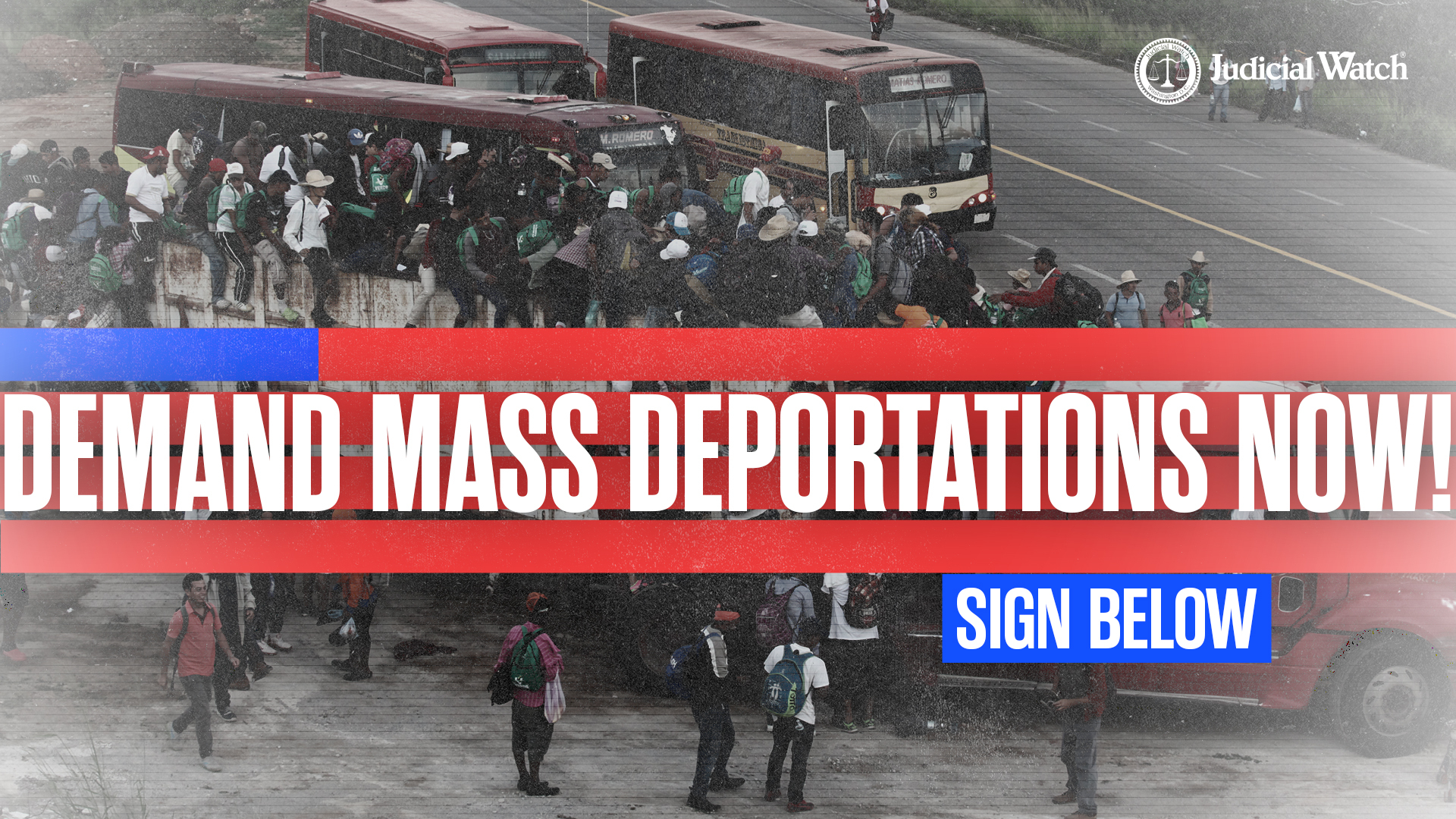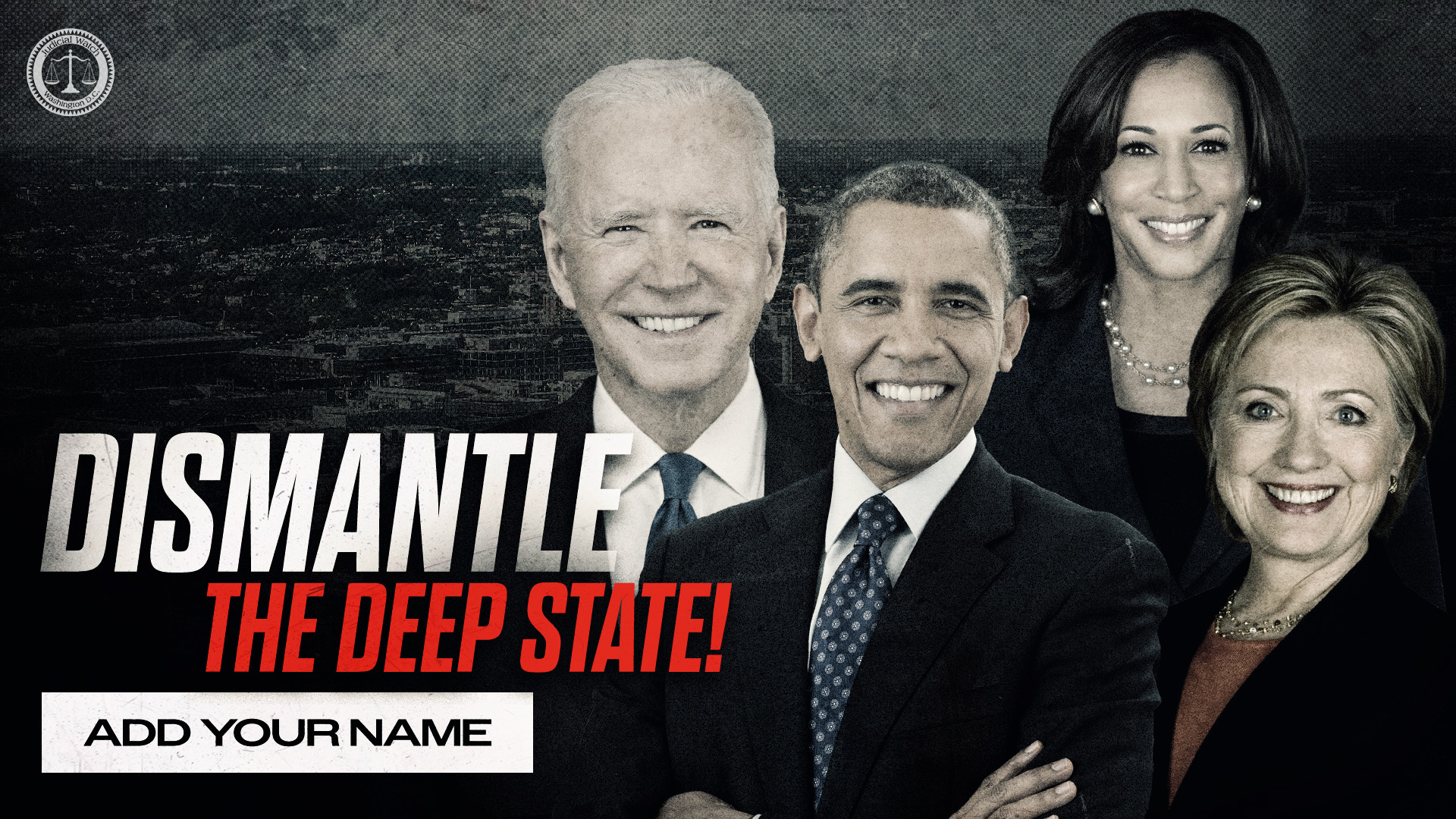
“Operational Control” Over 13% Of Border Meets U.S. Goal
In a chilling revelation, the agency created after 9/11 to protect the United States from another terrorist attack claims it achieved its “goal” by gaining “operational control” over a mere 13% of the nation’s borders.
It gets better. The Department of Homeland Security (DHS) took six years to accomplish this great feat that, as simple math indicates, leaves an overwhelming portion of the nation’s foreign borders out of “operational control.” The term is used to describe areas where the DHS agency on the front lines, the U.S. Border Patrol, has the ability to detect and interdict illegal activity.
The operational control goal was set by DHS in 2004 and mission accomplished was reported—and internally celebrated—in the fall of 2010. The American public is only hearing about this now because the information is included in a new federal report that largely focuses on implementation challenges facing the Border Patrol.
With 20,000 officers, the agency is responsible for securing nearly 6,000 miles of Mexican and Canadian international land borders and more than 2,000 miles of coastal waters surrounding Florida and Puerto Rico. The priority mission of the Border Patrol, according to its own website, is preventing terrorists and their weapons—including weapons of mass destruction—from entering the United States.
That makes the celebrated 13% figure even scarier because it means the feds only had the ability to detect and interdict illegal activity in a snippet—1,107-mile range—of the nation’s foreign borders. Previous audits have also documented the serious vulnerabilities that plague the nation’s borders. For instance, a few years ago undercover federal investigators easily smuggled radioactive material and other contraband into the U.S. through Canada.
Subsequent to that, a congressional report exposed that less than 1% of the U.S.-Canada border is adequately secured by the U.S. The situation is worst in the south. Just last summer the Justice Department’s National Drug Intelligence Center revealed that stretches of the U.S.-Mexico border are controlled by drug-trafficking organizations. The cartels actually “control access to the U.S.-Mexico border” and the “smuggling routes across it,” according to the Justice Department probe.
So what can we expect related to border security in the years to come? Homeland Security officials are still developing a new goal and measure for border security, according this week’s federal audit. Evidently, they’re combining their creative juices to come up with a new goal that will reflect a “more quantitative methodology across border locations and the agency’s evolving view of border security.” Scary, isn’t it?
















